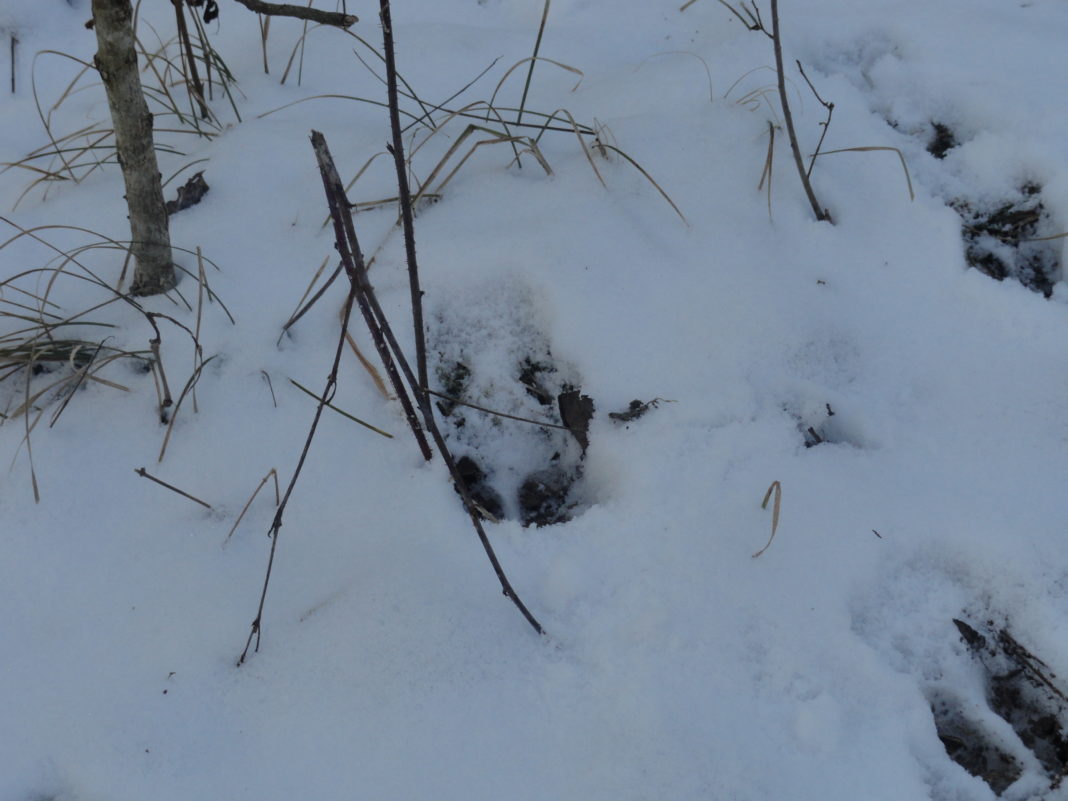We’ve all heard hunters say they saw the biggest buck track they have ever seen. Who knows — could have been a small doe that left that track, for all you know.
That’s the problem: How do you know for sure? Are there tell-tale signs that bucks and does leave behind to help distinguish what made a particular track?
There are no tactics that are 100 percent accurate when determining the sex of a deer that left tracks. But with the help of Field & Stream, you now have six tips that will put the odds in your favor when trying to determine if a doe or buck made a track.
Biologists will tell you there is no way to sex a deer with 100 percent accuracy by its track alone. Maybe so. But when I decide to follow a track and it leads to a deer, that deer is a buck about 95 percent of the time. Here are six ways you can up the odds that you’re on the right track, too.
#1 – Study the Print
A good buck weighs 50 to 100 pounds more than the average doe. So his print is usually larger and sinks deeper into the ground. His track is also commonly splayed, and the front-hoof impressions tend to show more wear on the leading edges due to scraping… [continued]
Tell us what you think in the comments section below.



















![The Best Deer Camp Chili [VIDEO] Deer Chili Ingredients, Tomatoes, Chili Spices](/wp-content/uploads/2015/10/Deer-Chili-Deer-Camp-Recipe-218x150.jpg)
![How to Call Elk Early in the Season [VIDEO]](/wp-content/uploads/2016/08/byers003-218x150.jpg)




![Idiots Disturb Hunter: How Would You Have Handled It? [VIDEO]](/wp-content/uploads/2015/10/DSC00110-e1474487693878-100x70.jpg)
![Albino Buck Shocked to Shed His Antlers [VIDEO]](/wp-content/uploads/2015/10/AlbinoDeer-100x70.jpg)